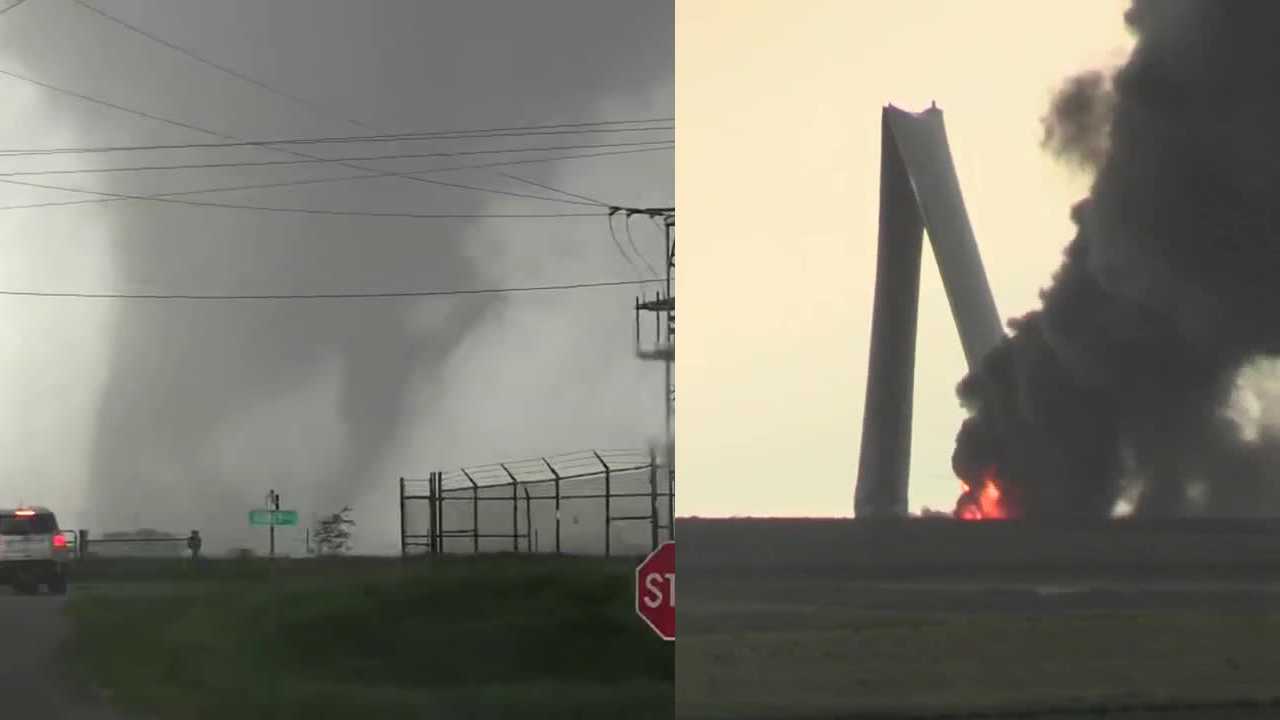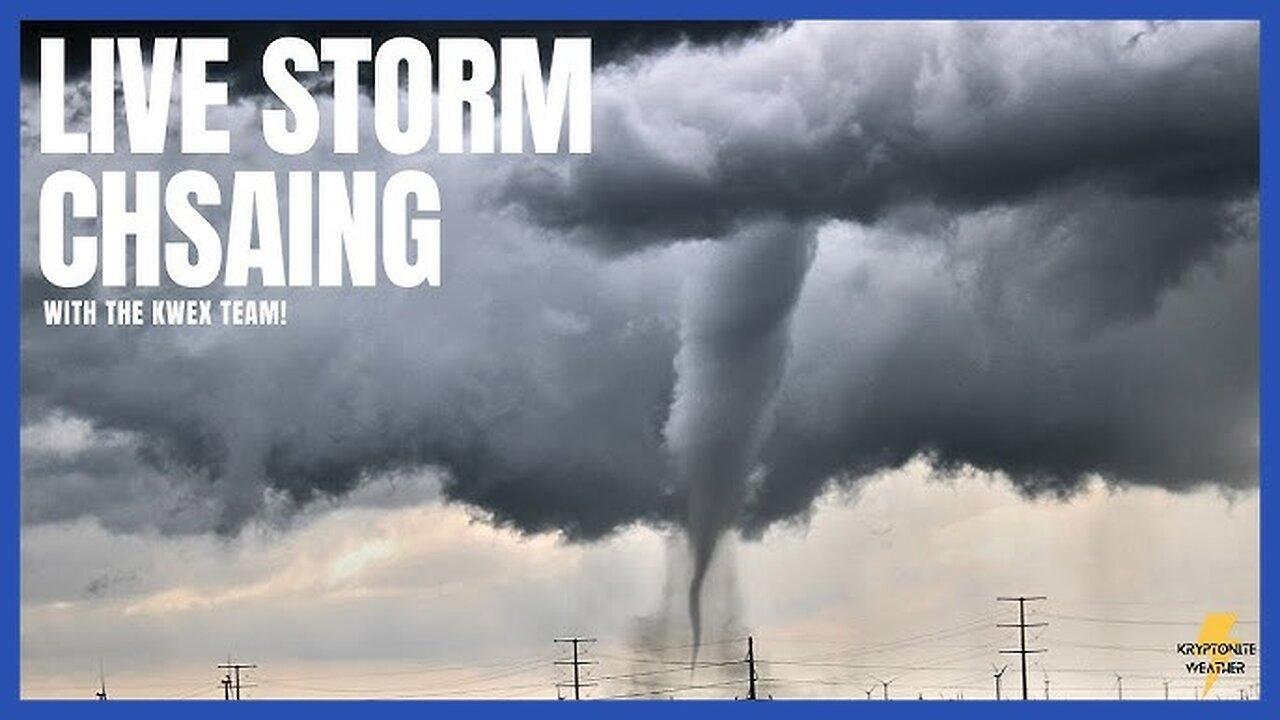Tornado Characteristics in Iowa: Tornado In Iowa

Tornado in iowa – Iowa, situated in the heart of the Midwest, experiences a significant number of tornadoes annually, making it one of the most tornado-prone regions in the United States. The state’s location within Tornado Alley, a region characterized by frequent and severe thunderstorms, contributes to its high tornado incidence.
The Iowan landscape is no stranger to the wrath of tornadoes. To better understand their patterns and stay prepared, consult the iowa tornado map . This invaluable resource provides a comprehensive overview of tornado occurrences, empowering you to make informed decisions during severe weather events.
By staying vigilant and utilizing the iowa tornado map, Iowans can navigate the unpredictable forces of nature with greater confidence.
Frequency and Severity
On average, Iowa experiences around 50 tornadoes per year, with the majority occurring during the spring and summer months. The strength of these tornadoes varies, but many reach EF2 or higher on the Enhanced Fujita Scale, indicating significant damage potential.
The recent spate of tornadoes in Iowa has left a trail of destruction in its wake. One particularly devastating tornado touched down in Greenfield, causing widespread damage and leaving many homeless. Click here for more information on the tornado in Greenfield, Iowa.
The tornadoes serve as a stark reminder of the power of nature and the importance of being prepared for severe weather events.
Weather Patterns
The formation of tornadoes in Iowa is influenced by a combination of weather patterns. Warm, moist air from the Gulf of Mexico interacts with cold, dry air from the north, creating unstable atmospheric conditions that favor thunderstorm development. Additionally, the state’s relatively flat terrain allows for the formation of long-lived tornadoes.
Tornadoes can be devastating, leaving a trail of destruction in their wake. In Iowa, tornadoes are a common occurrence, and it’s important to be prepared. One way to do this is to have a map of your area, such as a greenfield iowa map , so that you can quickly identify safe places to go in the event of a tornado warning.
Tornadoes can strike quickly, so it’s important to be aware of your surroundings and have a plan in place.
Historical Tornado Events in Iowa
Iowa has a rich history of tornado activity, with numerous notable events causing significant damage and loss of life. These events have played a crucial role in shaping the state’s preparedness and response strategies.
A timeline of significant tornadoes in Iowa includes:
1878 Sioux City Tornado
- Path: Sioux City to Smithland
- Wind speeds: Estimated F5
- Consequences: Killed 31 people, injured over 100, and destroyed much of Sioux City.
1953 Worcester Tornado
- Path: Near Worcester
- Wind speeds: Estimated F4
- Consequences: Killed 10 people, injured 150, and caused extensive damage to the community.
1968 Parkersburg Tornado
- Path: Parkersburg to New Hartford
- Wind speeds: Estimated F5
- Consequences: Killed 9 people, injured 50, and destroyed much of Parkersburg.
2008 Parkersburg Tornado
- Path: Near Parkersburg
- Wind speeds: Estimated EF5
- Consequences: Killed 6 people, injured 150, and caused extensive damage to the area.
2013 Moore, Oklahoma Tornado
- Path: Near Moore, Oklahoma (impacted Iowa as well)
- Wind speeds: Estimated EF5
- Consequences: Killed 24 people, injured 377, and caused significant damage in Iowa.
These historical tornado events have highlighted the importance of preparedness and response. The lessons learned from these events have influenced the development of warning systems, evacuation plans, and building codes, helping to mitigate the impact of future tornadoes in Iowa.
Iowa’s history of tornadoes is a somber reminder of the destructive power of nature. One such event, the Greenfield tornado, left a trail of devastation in its wake. The damage was extensive, with homes and businesses reduced to rubble. Yet, amidst the destruction, stories of resilience emerged, as communities came together to rebuild and recover.
The scars of the tornado may remain, but they serve as a testament to the indomitable spirit of Iowans.
Tornado Safety and Preparedness in Iowa
Iowa’s vulnerability to tornadoes demands proactive measures for residents’ safety. Preparedness and safety plans are crucial to minimize risks and ensure timely responses during these severe weather events.
Tornado Safety Plan
Every household should establish a comprehensive tornado safety plan. Designate safe shelter areas within the home, such as a basement or interior room on the lowest floor. Identify multiple evacuation routes and establish a meeting place outside the immediate vicinity of the house.
Early Warning Systems
Early warning systems play a vital role in tornado preparedness. Iowa’s network of weather sirens provides timely alerts, allowing residents to seek shelter promptly. Additionally, subscribing to weather apps and monitoring local news and weather forecasts helps stay informed about approaching storms.
Community Outreach Programs
Community outreach programs, such as tornado drills and public education campaigns, enhance tornado preparedness. These programs educate residents about tornado safety measures, promote the development of community emergency plans, and foster a culture of preparedness.
Tornado Research and Forecasting in Iowa

Iowa has a long history of tornadoes, and the state is home to some of the most cutting-edge research on these storms. The Iowa Tornado Research Center at the University of Northern Iowa is one of the leading institutions in the world for tornado research, and its scientists are working to improve tornado forecasting and warning systems.
One of the most important tools for tornado forecasting is Doppler radar. Doppler radar can detect the movement of air, and this information can be used to track tornadoes and determine their intensity. Numerical weather prediction models are also used to forecast tornadoes. These models use data from weather stations, satellites, and other sources to create a computer simulation of the atmosphere. This simulation can then be used to predict where and when tornadoes are likely to occur.
The research efforts in Iowa have led to significant advancements in tornado forecasting and warning systems. In the past, tornadoes were often not detected until they were already on the ground. Today, tornadoes can be detected and tracked much earlier, giving people more time to take shelter. This has helped to save lives and reduce the damage caused by tornadoes.
Challenges and Advancements in Tornado Forecasting, Tornado in iowa
Despite the progress that has been made, there are still challenges in tornado forecasting. One of the biggest challenges is that tornadoes can be very unpredictable. They can form quickly and without warning, and they can change direction and intensity rapidly. This makes it difficult to forecast their exact path and intensity.
Another challenge is that tornadoes can occur in all parts of Iowa, even in areas that are not typically thought of as being tornado-prone. This means that everyone in Iowa needs to be aware of the risk of tornadoes and know what to do if a tornado warning is issued.
Despite the challenges, researchers are making progress in improving tornado forecasting and warning systems. One of the most promising areas of research is the use of artificial intelligence (AI). AI can be used to analyze large amounts of data and identify patterns that humans might not be able to see. This could lead to more accurate and timely tornado forecasts.
The research efforts in Iowa are making a real difference in the lives of Iowans. By improving tornado forecasting and warning systems, researchers are helping to save lives and reduce the damage caused by tornadoes.
The midwestern state of Iowa is no stranger to tornadoes, with an average of 45 twisters touching down each year. In fact, Iowa has experienced some of the most devastating tornadoes in U.S. history, including the tornado in iowa that killed six people and injured dozens more in 2008.